Polyquaternium-10
- CAS NO.:81859-24-7
- Empirical Formula: C8H6O6
- Molecular Weight: 198.12964
- MDL number: MFCD01771473
- EINECS: 210-239-4
- Update Date: 2024-12-18 14:08:57

What is Polyquaternium-10?
Description
Polyquaternium 10 is a range of polymeric quaternary ammonium salts of hydroxyethyl cellulose (HEC) reacted with trimethyl ammonium substituted epoxide. Polyquaternium 10 solutions are non-Newtonian and are commercially available 1) in several viscosity grades depending on their molecular weights (they contribute to viscosity of formulations), and 2) with“high” to “moderate”cationic substitution. In vivo tests showed that these cationic cellulosic polymers protect the skin from aggression by anionic surfactants.
Chemical properties
Polyquaternium 10 is a water soluble, white granulated powder that is a widely used ingredient in hair care products because of its anti-static and moisturizing properties. It is also considered a film former, supplying a sheen and coating to hair strands by easily being absorbed by proteins.
The Uses of Polyquaternium-10
polyquaternium-10 is a cellulose polymer and conditioning agent used in skin-conditioning formulations.
There are numerous cationic polymers that provide conditioning benefits, especially improved wet combing and reduced static charge. Important examples of these polymers are Polyquaternium-10, a quaternized hydroxyethylcellulose polymer; Polyquaternium-7, a Hair Conditioners 339 copolymer of diallyldimethylammonium chloride and acrylamide; Polyquaternium-11, a copolymer of vinylpyrrolidone and dimethylaminoethyl methacrylate quaternized with dimethyl sulfate; Polyquaternium-16, a copolymer of vinylpyrrolidone and quaternized vinylimidazole; and Polyquaternium-6, a homopolymer of diallyldimethylammonium chloride.
The Uses of Polyquaternium-10
Polyquaternium-10 (PQ-10) and Polyquaternium-7 (PQ-7) are two of the most frequently used polymers in commercial shampoos. Both of these polymers form negatively charged complexes with excess anionic surfactant, resulting in reduced deposition because of repulsion by the negatively charged hair surface. The magnitude of this effect depends on the particular anionic used, and on the anionic surfactant/polymer ratio. In all cases, however, conditioning from shampoos is significantly less than from stand-alone conditioners.
The Uses of Polyquaternium-10
Polyquaternium 10 is used for hair conditioning and protection.
Background
Polyquaternium-10 is a quaternized hydroxyethyl cellulose and a polycationic polymer. It is commonly found in cosmetics and personal care products to mainly reduce static electricity and form films.
Chemical Reactivity
Polyquaternium-10 is a cationic, surface-active polymer that is adsorbed by keratinous surfaces, such as hair and skin (stratum corneum). The adsorption of the polymer was not readily affected by pH in the range of 4 to 10. It undergoes slow hydrolytic cleavage outside this pH range. Sorption of Polyquaternium-10 to keratinous surfaces was decreased by the addition of electrolytes (salts), such as aluminum, iron, calcium, or sodium. Polyquaternium-10 is biologically degradable. The presence of ethyl alcohol or propylene glycol adds to the stability of PoIyquaternium-10.
Side Effects
Polyquaternium-10 is generally considered to be safe for topical use. It is mild, non-irritant and non-sensitizing to the skin, hence used in a wide range of cosmetic products. At 2% concentration in the skincare and haircare formulation, it is non-irritant and does not show any signs of allergic reaction on your skin. Hence Polyquaternium-10 is considered to be safe for use in cosmetics at 2% concentration. At 5% concentration, it is known to show mild irritation to your skin and eyes. Polyquaternium-10 is considered to be entirely safe for use at 2% concentration or below. Anything above it can cause slight irritation to your skin and eyes.
Safety
polyquaternium-10 is safe as a cosmetic ingredient in its current concentrations and uses. In 2005, the Expert Panel evaluated new data and confirmed the above conclusion. Polyquaternium 10 has low toxicity. Skin studies indicated that it was poorly absorbed into the skin. This is due to the fact that it binds to the protein, keratin, in the skin and hair. In high concentrations, 5% or greater, polyquarternium 10 can be mildly irritating to the skin and eyes. However, when used at 2% or lower this effect is not observed. It also is not genotoxic or photosensitizing.
Metabolism
Not Available
Properties of Polyquaternium-10
| Melting point: | 290 °C(lit.) |
| EPA Substance Registry System | Cellulose, 2-hydroxyethyl 2-[2-hydroxy-3-(trimethylammonio)propoxy]ethyl 2-hydroxy-3-(trimethylammonio)propyl ether, chloride (81859-24-7) |
Safety information for Polyquaternium-10
Computed Descriptors for Polyquaternium-10
Polyquaternium-10 manufacturer
New Products
Tert-butyl bis(2-chloroethyl)carbamate (S)-3-Aminobutanenitrile hydrochloride N-Boc-D-alaninol N-BOC-D/L-ALANINOL N-octanoyl benzotriazole 4-Hydrazinobenzoic acid 3,4-Dibenzyloxybenzaldehyde 1,1’-CARBONYLDIIMIDAZOLE R-2-BENZYLOXY PROPIONIC ACID 1,1’-CARBONYLDI (1,2-4 TRIAZOLE) 4-HYDROXY BENZYL ALCOHOL 3-NITRO-2-METHYL ANILINE (2-Hydroxyphenyl)acetonitrile 4-Bromopyrazole 5-BROMO-2CYANO PYRIDINE 5,6-Dimethoxyindanone 5-broMo-2-chloro-N-cyclopentylpyriMidin-4-aMine 4-methoxy-3,5-dinitropyridine 2-(Cyanocyclohexyl)acetic acid 2-aminopropyl benzoate hydrochloride 1-(4-(aminomethyl)benzyl)urea hydrochloride tert-butyl 4- (ureidomethyl)benzylcarbamate diethyl 2-(2-((tertbutoxycarbonyl)amino) ethyl)malonate Ethyl-2-chloro((4-methoxyphenyl)hydrazono)acetateRelated products of tetrahydrofuran
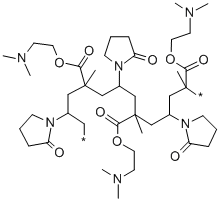
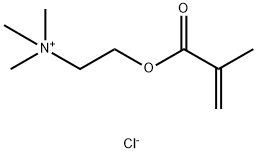

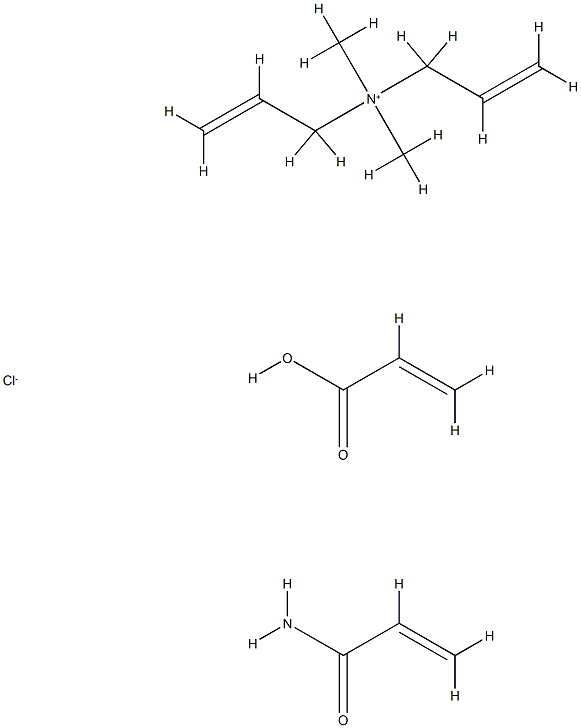
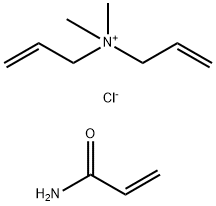
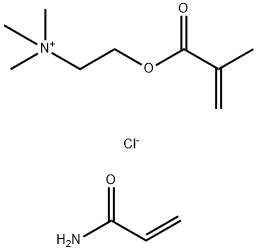
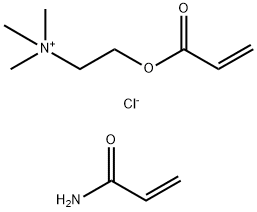

You may like
-
 Polyquaternium-10 CAS 81859-24-7View Details
Polyquaternium-10 CAS 81859-24-7View Details
81859-24-7 -
 POLYQUATERNIUM-10 CASView Details
POLYQUATERNIUM-10 CASView Details -
 55441-95-7 99%View Details
55441-95-7 99%View Details
55441-95-7 -
 N-Vinylformamide 99%View Details
N-Vinylformamide 99%View Details
13162-05-5 -
 Chloro Uracil 1820-81-1 99%View Details
Chloro Uracil 1820-81-1 99%View Details
1820-81-1 -
 2-ethyl-6-methyl-3-hydroxypyridine succinate 99%View Details
2-ethyl-6-methyl-3-hydroxypyridine succinate 99%View Details
127464-43-1 -
 2-ETHYLPYRIDINE 100-71-0 99%View Details
2-ETHYLPYRIDINE 100-71-0 99%View Details
100-71-0 -
 181228-33-1 (S)-Methyl 3-amino-2-((tert-butoxycarbonyl)amino)propanote Hydrochloride (DAP-OMe. HCl) 99%View Details
181228-33-1 (S)-Methyl 3-amino-2-((tert-butoxycarbonyl)amino)propanote Hydrochloride (DAP-OMe. HCl) 99%View Details
181228-33-1